
A calm and consistent morning routine in your classroom sets the tone for the day. You will notice your students are happier, more peaceful, and far more productive when you start each day with the same routine. A consistent format for your students’ morning work is one of the most powerful ways to make this happen. Here are a few tips to make your daily morning routine something that brings you joy and peace, and sets the tone for learning every single day.
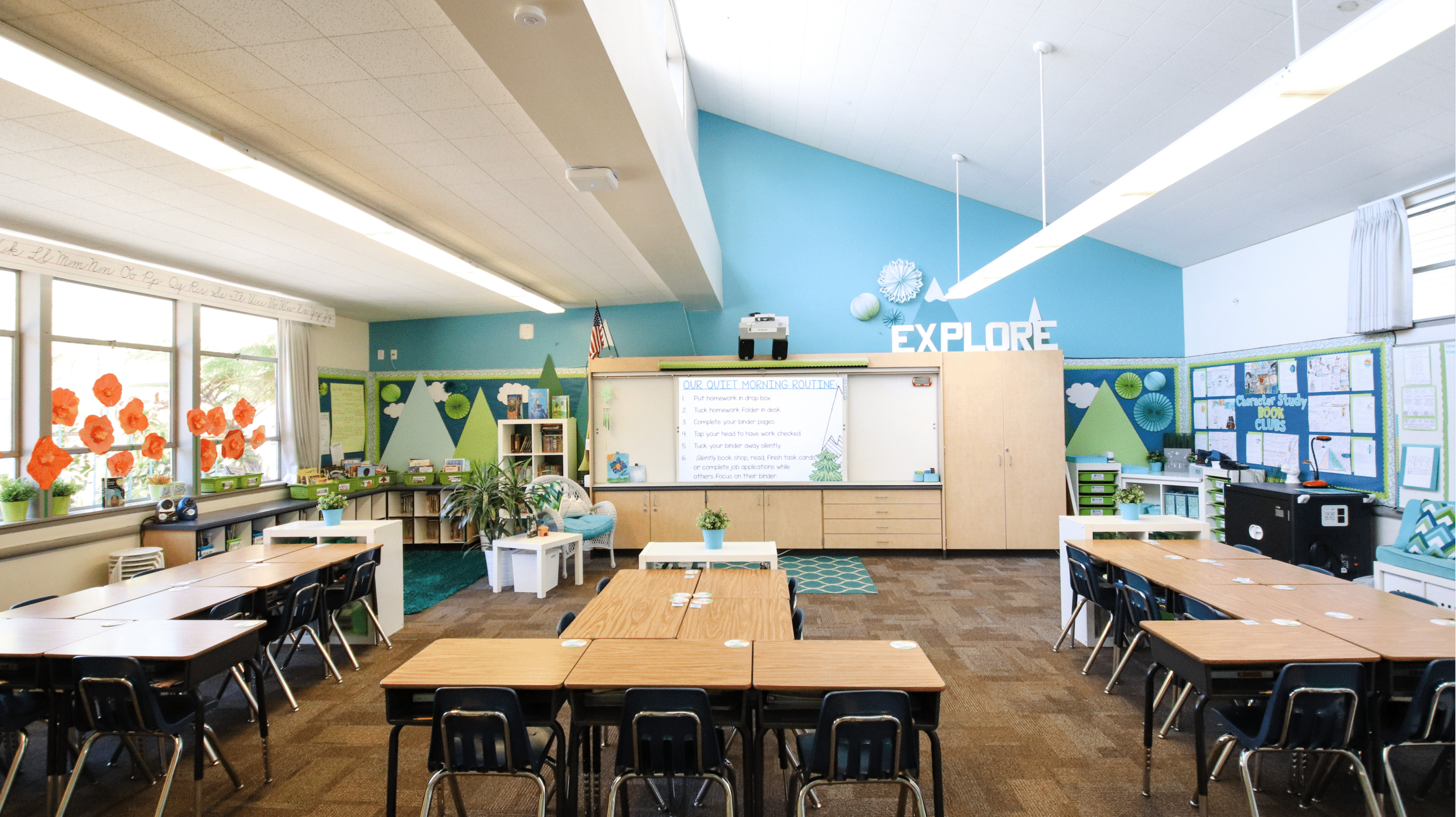
Create a visual checklist that names everything students will do to complete their morning routine. This checklist should be on display when your students walk through the door.
Will it likely be the same every day? Yes, most days, the checklist will be the same. On days when it isn’t, students will immediately notice and be eager to read the new details.
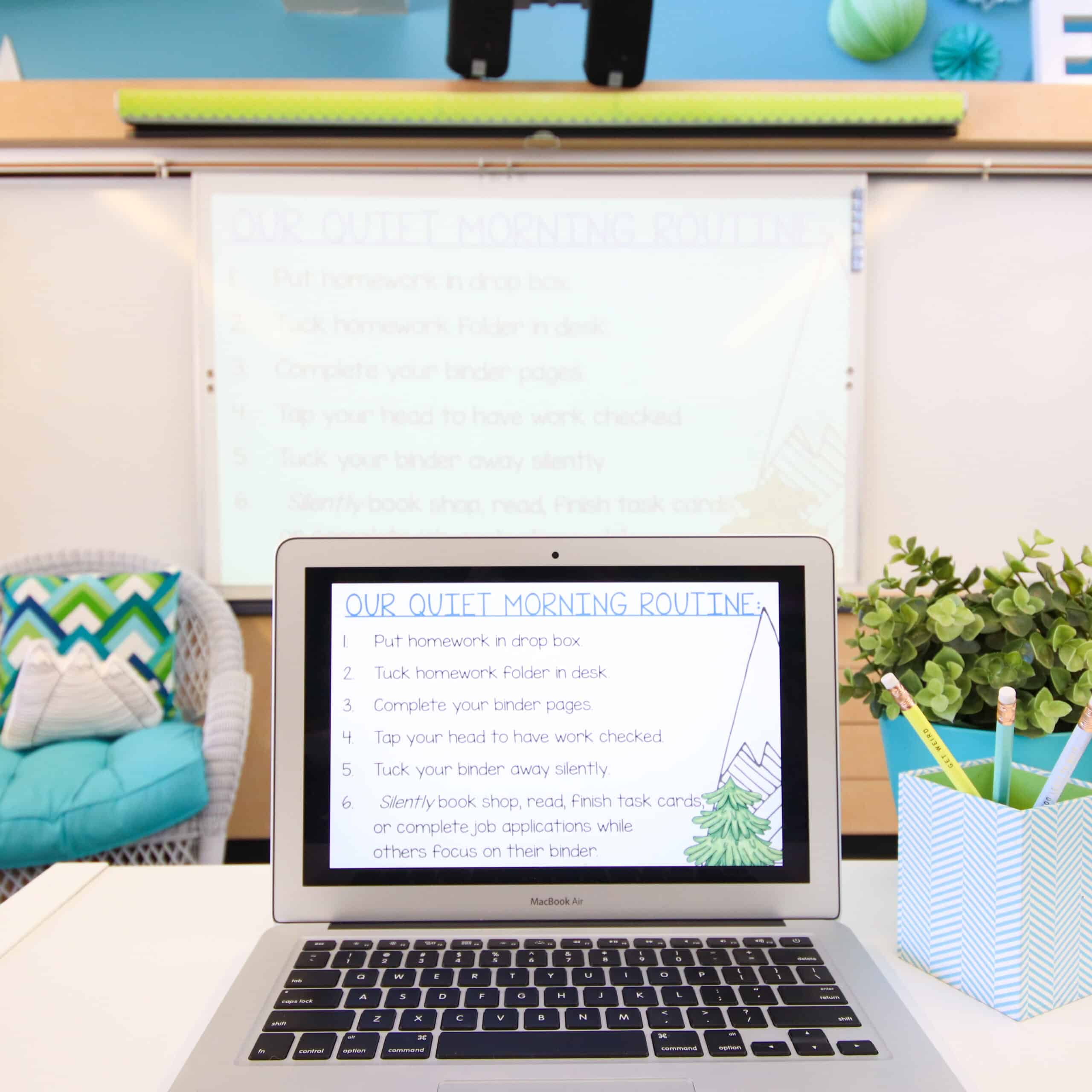
Also, write a morning message to display on your easel or project at the start of your morning meeting.
Turn on your favorite collection of calm music. When your students walk through the door and they’re greeted with calm, cheerful music rather than silence, it shifts their mood. It also reminds them that their classroom is a place where they are welcome, and valued, and a place where they’ll have fun. Calm music fills the silence so they don’t fill it themselves with chit-chat that may become too noisy and distracting.
My favorite playlist can be found here.
Stand at the door and greet each student by name. This important moment helps you connect with each child. It also provides them with a moment in their morning when they are seen and acknowledged, which is essential for helping them feel they belong.
While greeting each student, check that each child is walking through the door with the supplies they need. Do they have their homework folder in hand? Have they placed their library books in the return cart on library day? Do they have their water bottle?
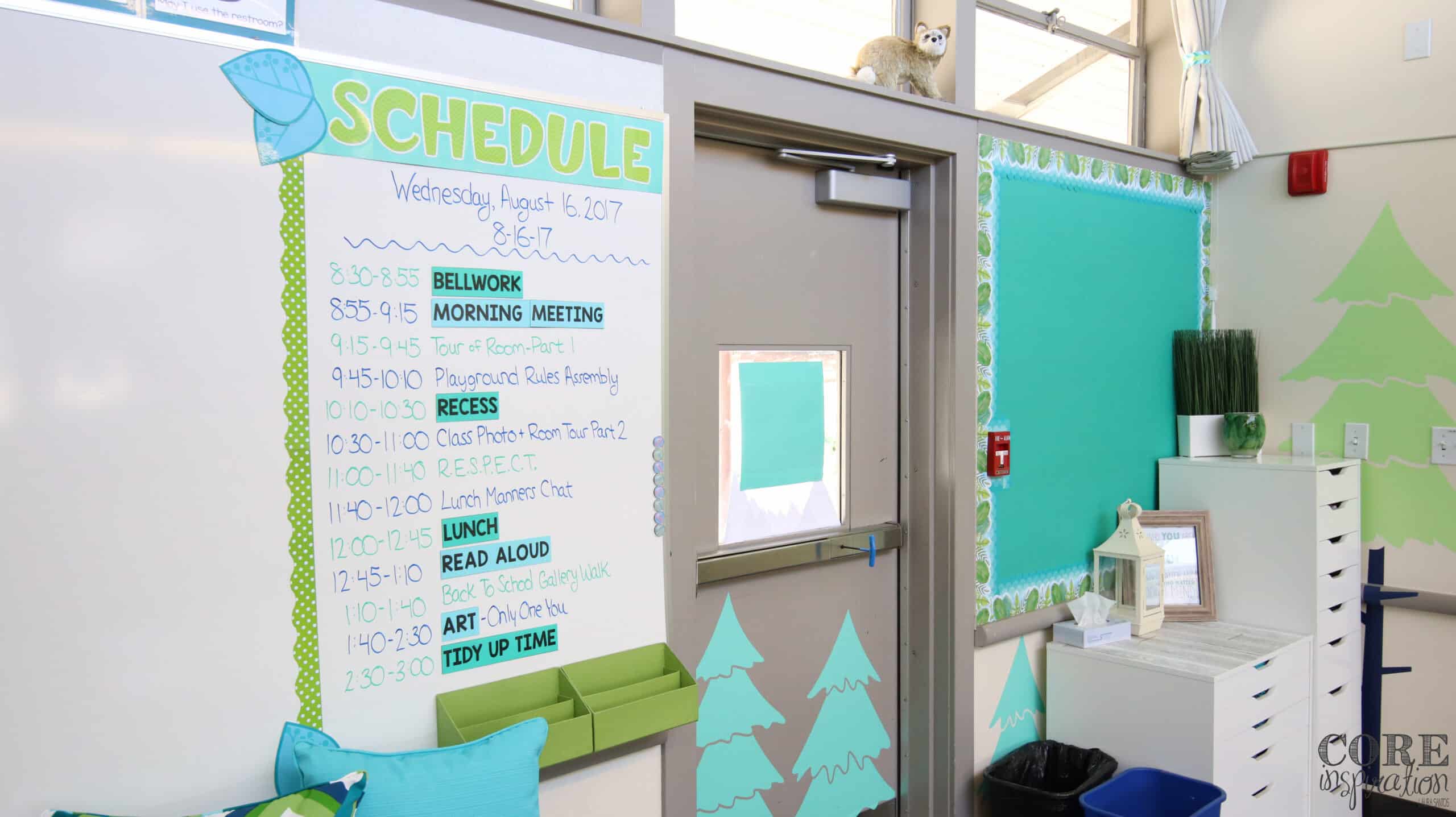
Give students a few minutes to drop their homework in their group dropbox, settle in, and get started with their morning work. This is the perfect few minutes for you to submit attendance and check any last-minute emails that may have been sent by the office or by parents. Once you get this routine down to an art, you may even find yourself with a few spare minutes to get one last glance at your plans for the first lesson of the day.
When you see all your students are seated and have started their morning work, visit each table group and collect homework. Using a group dropbox makes homework collection smooth and seamless each day. You can take a moment to spot-check homework for completion before filing it to stamp and return or recycling it.
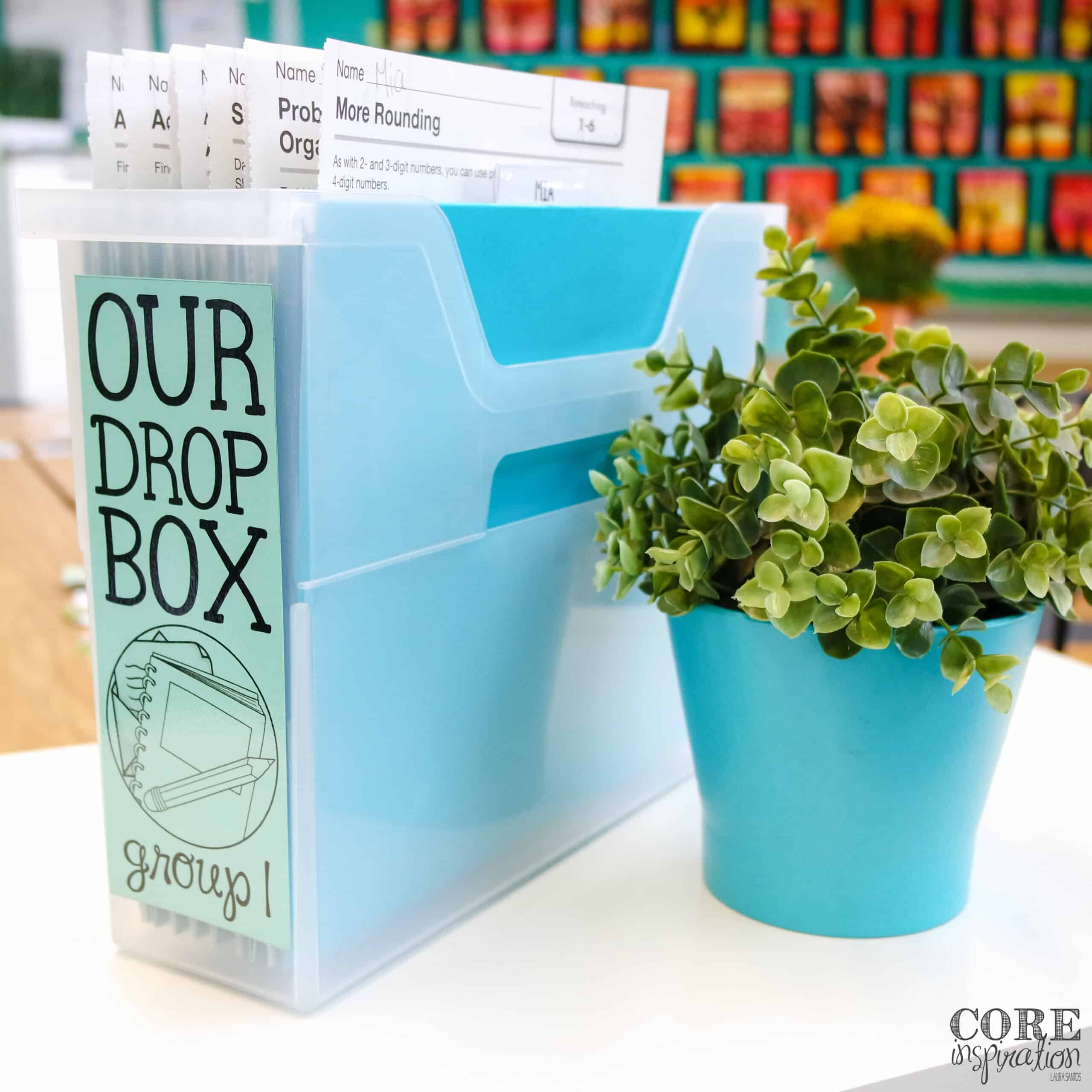
If your jaw just dropped, hear me out. Early in my career, I took time to score homework with students. This was tedious and I can’t say for sure that it had any positive impact on my students’ learning or growth. One year, I decided to stop correcting homework with my students during class time and instead dedicated those 5-10 minutes to more instruction and in-class practice.
Instead of scoring with students, I spot-checked homework, stamped it, and returned it at the end of each week…where it would probably go straight to the recycling bin at home. This started to feel really tedious, so about six years ago, I decided to completely stop scoring homework.
I simply collect it each day, mentally spot-check the work for completion, and toss the homework in the recycling immediately. If you plan to do this, tell students what you’re planning to do with their homework so they knew exactly why you quickly shuffle through their homework pages and toss them in the trash. They’ll know you’re collecting all the information you need.
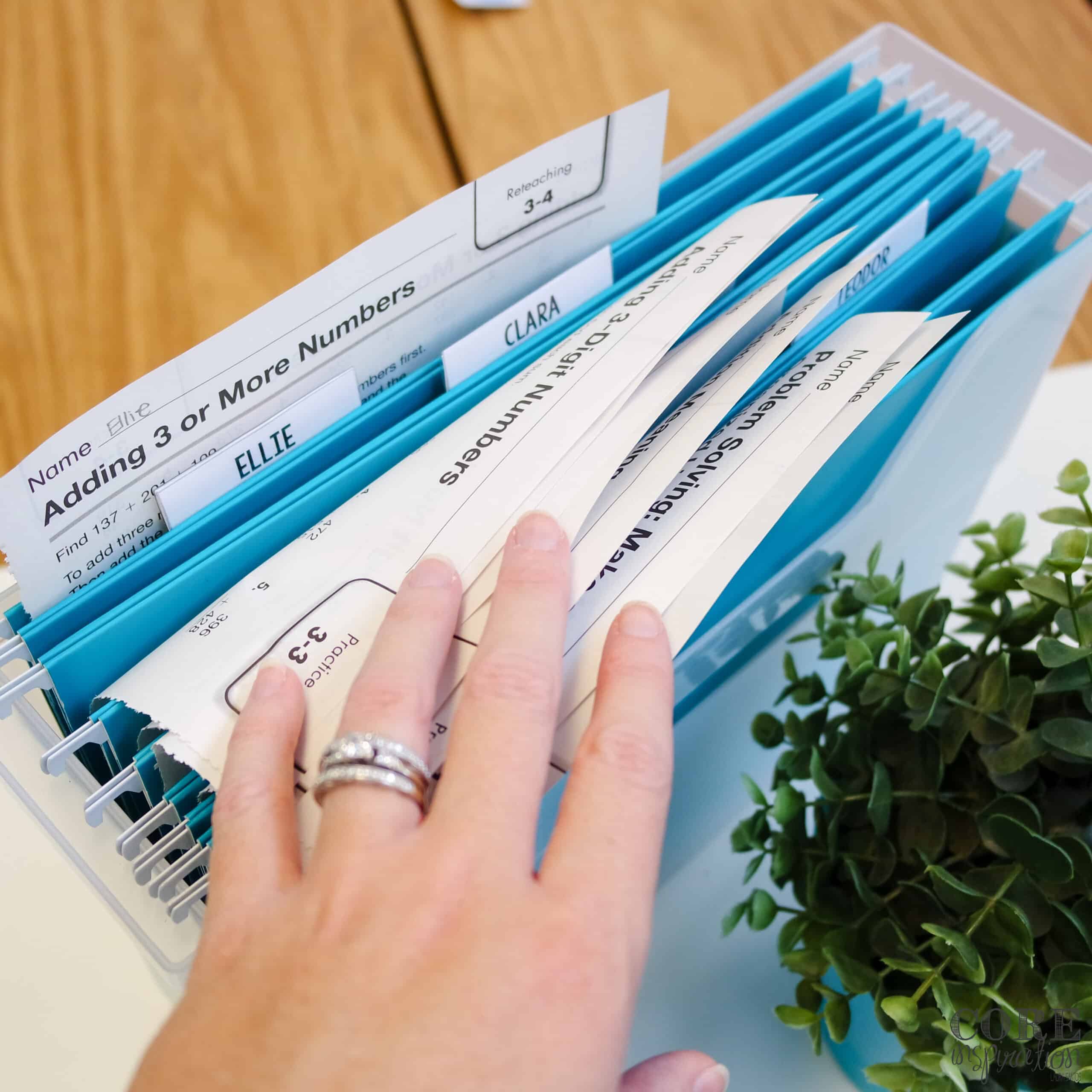
Why do I think this works? The environment in which elementary-aged students complete homework varies vastly. Some complete it on their own, others sit next to an adult who guides them through their work, and still, others have adults who pretty much do the work for them. Scoring homework in elementary school is not a true reflection of each student’s understanding. Spend your time scoring work students complete in class – this is a true reflection of student understanding.
You can certainly track anyone who did not complete their homework on a recording sheet or in your grade book so you can keep track of consistent trends. This may also become something you won’t have to track on paper when you master the morning routine I’ve outlined here. This routine gives you so many opportunities to touch base with your students and really get a sense of their state when they arrive at school each day.
After you’ve thrown the homework in the recycling bin and your students are wrapping up their morning work, it’s time to start checking that morning work for accuracy.
To make this a calm and seamless process, have students who are done give you a secret silent signal that communicates they are ready to have their work checked. In my classroom, I always have students tap their heads. It’s easy to see and not nearly as exhausting as holding up their hand.
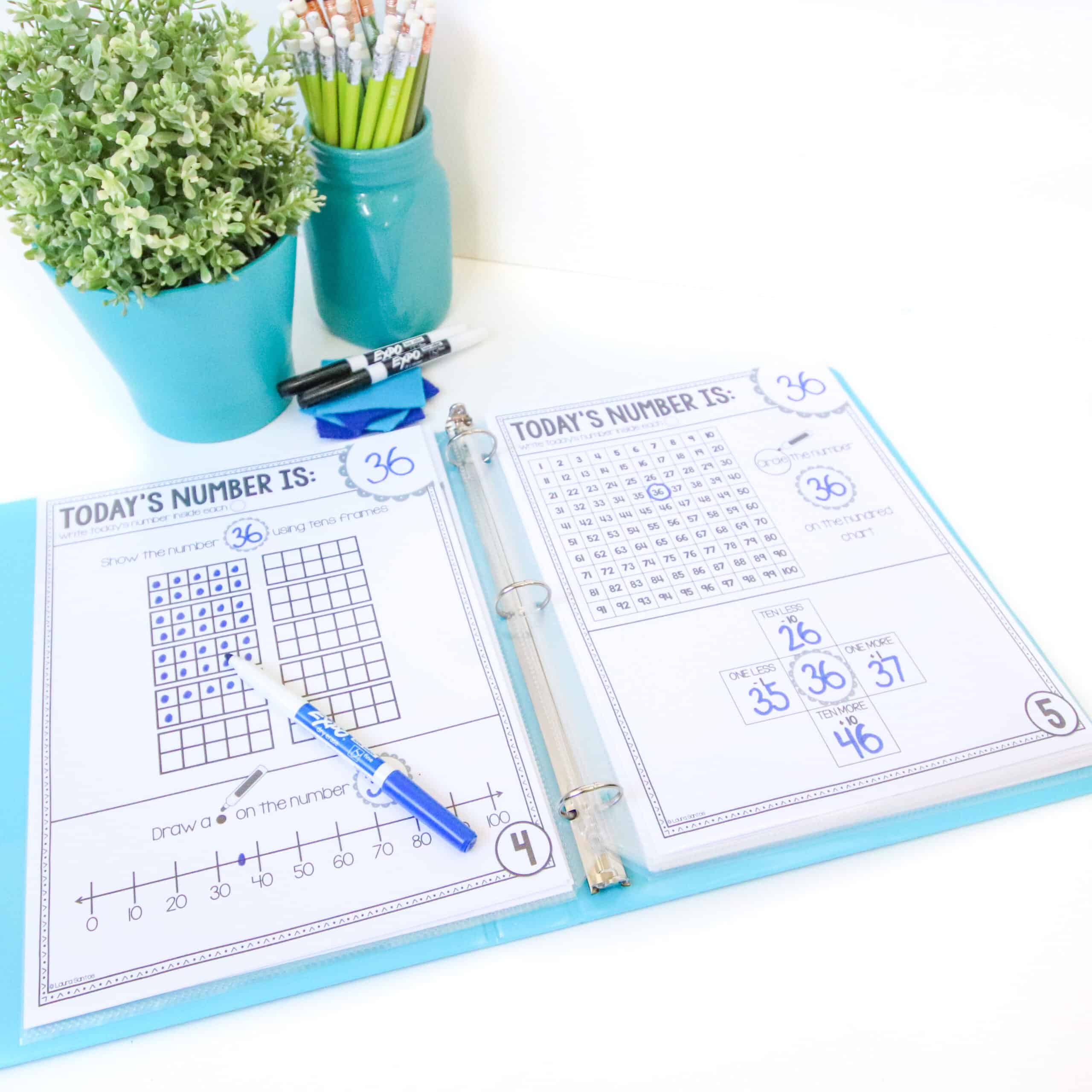
When you see a student tapping their head, walk over and check their work for accuracy. When you use the Number of the Day Binders for morning work, this checking process is literal perfection. Give them a thumbs up if their page is accurate so they know they can tuck their work away and move on to the next item on the checklist that’s displayed on the board.
If you see something inaccurate, don’t point directly to the inaccuracy. Instead say, “There’s something on this page that’s not quite right. Take another look, and signal me back after you try again.” This builds the skill of double-checking work. In order to find the inaccuracy, they have to review the page, find it, and then attempt to fix it.
If they still don’t have an accurate answer, make a note that you need to meet with that student during the block of time that aligns with the topic they need support with. In my classroom, I note who I’ll be meeting with during the math workshop because our morning work is a math spiral review.
If the noise level in your classroom does start to get distracting or if students seem to be off task and off-topic, try gently redirecting them by saying something like this:
“Think of how quiet it was while you were finishing your work. Wasn’t it so easy for your to focus and complete your problems? Let’s give the rest of your classmates the same level of quiet so they can focus just like you did.”
Not only is this a compliment to the students who have completed their work, but it also helps build empathy and respect among your class community.
By following the tips above, you can make sure that your students have a productive and successful morning routine. You’ll be able to help them start each day consistently while you settle into your teaching routine and find your own focus.
Do you have a tip for managing morning work time effectively? I’d love to hear from you in the comments below.
In need of some materials to help get your morning started off right? Click below to check out our Core Inspiration’s Number of the Day Binders for 1st through 4th grade – they’re sure to help!
Interested in learning more about weaving math spiral review into your daily morning work routine? Check out these posts:

I’ve been an elementary teacher for ten years, and love sharing tips and resources that make differentiated learning more manageable for you. Thank you for visiting.
Learn More
Dropping by with weekly tips, classroom strategies, and free content created with you in mind.
Join me and other 2nd through 4th grade educators in the Teaching with Core Inspiration Facebook Group. This is a place to collaborate, ask questions, and learn how teachers like you are using Core Inspiration resources in their classrooms. Hope to see you there!
© 2024 Core Inspiration ∙ Website by KristenDoyle.co
3 Responses
I have often talked with teachers concerning their posted daily schedule. Teachers frequently know where the schedule is and are puzzled when students don’t seem to follow the schedule or refer to it. As a visitor and observer, I scan the room and many times don’t even notice the daily schedule in a corner and in very small print. I cannot overemphasize the importance of a front and center schedule. The younger the students the more prominence this schedule needs. It has to be the very first thing a visitor will see. It needs to be in large print. If I don’t see students actually touching and pointing to activities listed as the day progresses and helping each other to see what comes next and when I know the schedule is not a living document to be used by all.
Thank you Ann. I absolutely agree! The schedule should certainly be located in a prominent location and referred to as a class throughout the day. 🙂